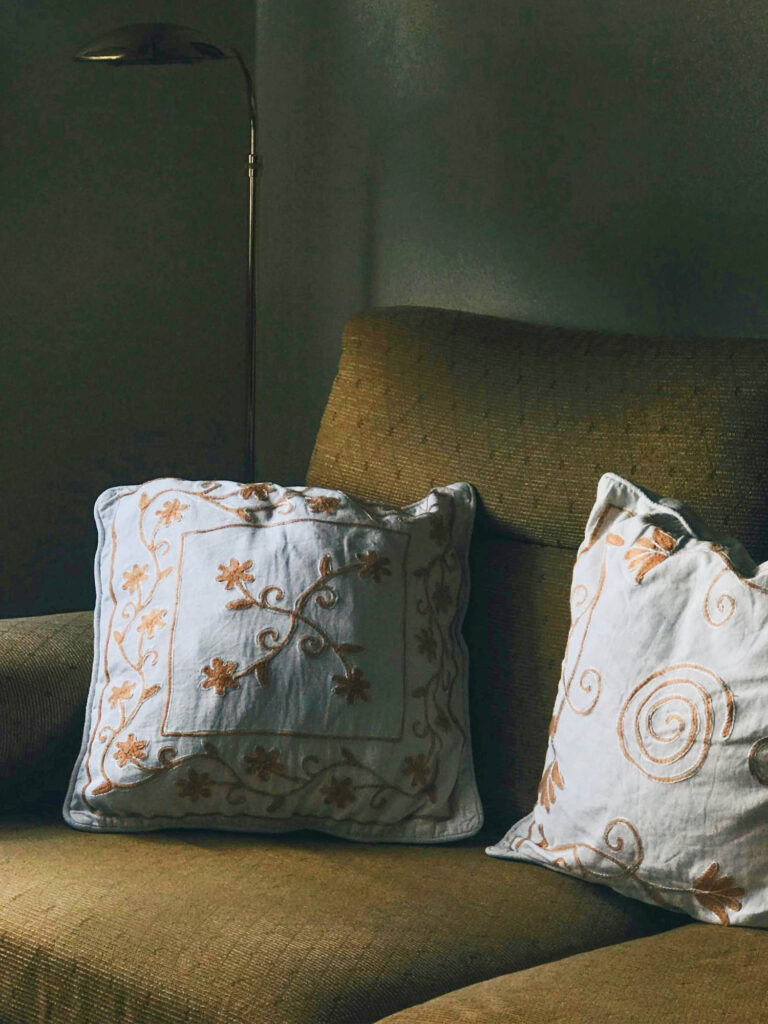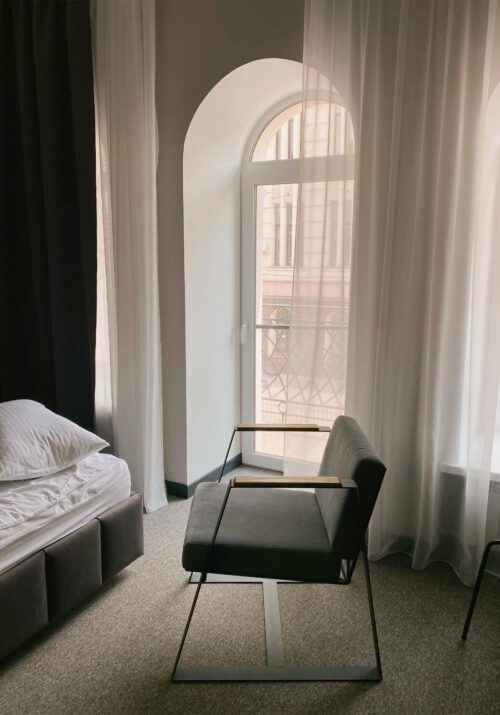Crafting authenticity within your environment is an art form that transcends mere trends and styles in the realm of interior design. It involves imbuing spaces with a genuine sense of identity and belonging, going beyond mere arrangement of furniture or selection of color palettes.
In this blog post, we’ll explore the intricate art of creating a true sense of place within your home or workspace, delving into the various elements that contribute to authenticity in design.

Understanding Authenticity in Design
Authenticity in design revolves around capturing the essence of a space and reflecting its unique character. Every environment, whether it’s a cozy living room or a bustling office, has its own story to tell. Designers achieve authenticity by comprehending the history, culture, and purpose of a space, allowing them to tailor their approach to enhance its genuine character and identity.
For example, when designing a home, understanding the architectural style and historical context of the building can inform design decisions that honor its heritage while also meeting the needs of modern occupants. Similarly, in a workspace, considering the company’s values, brand identity, and the function of different areas can guide the design process to create a workspace that fosters productivity and reflects the company’s ethos.
Embracing Natural Materials
A fundamental way to infuse authenticity into a space is through the incorporation of natural materials such as wood, stone, and metal. These materials not only add texture and visual interest but also convey a timeless connection to the earth. By integrating natural elements into the design scheme, a warm and inviting atmosphere is created, resonating with authenticity and grounding the space in its environment.
For instance, incorporating exposed wooden beams or reclaimed hardwood flooring in a home can evoke a sense of rustic charm and authenticity, while stone accents or metal fixtures can add industrial flair. In a workspace, incorporating natural materials can create a calming and inspiring environment that fosters creativity and well-being among employees.
Telling a Story with Decor
Each piece of decor within a room has the potential to contribute to its authenticity by telling a story. Whether it’s a vintage rug with a rich history or a handcrafted vase from a local artisan, every item adds layers of meaning and depth to the space. Curating a collection of meaningful objects allows for the creation of a narrative that reflects the occupant’s personality, values, and experiences, further enhancing the authenticity of the environment.
For example, displaying artwork created by local artists or showcasing handmade pottery collected during travels can add personal touches to a space and create a sense of connection to the wider world. Similarly, incorporating family heirlooms or antiques passed down through generations can add a sense of history and continuity to a home, enriching its authenticity.
Explore the art of crafting authenticity and creating a genuine sense of place in your environment. Keep reading to discover how to infuse your surroundings with true character and meaning.
Honoring Cultural Influences
Cultural influences play a significant role in shaping the identity of a space. Whether drawing inspiration from one’s own heritage or exploring diverse cultures, integrating cultural elements into the design enriches the authenticity of the environment. Traditional textiles, symbolic artwork, and architectural motifs can evoke a sense of place and foster a deeper connection to the surroundings.
In a multicultural society, embracing diverse cultural influences in design can create inclusive and welcoming spaces that celebrate the richness of human experience. For example, incorporating Moroccan-inspired textiles or Japanese-inspired Zen gardens into a home can create a sense of exoticism and cultural fusion, while also reflecting the personal tastes and interests of the occupants.

Incorporating Personal Touches
A powerful method of cultivating authenticity is by incorporating personal touches that reflect individuality. Family photographs, travel souvenirs, or handmade crafts imbue the space with a unique identity and personal history. Surrounding oneself with meaningful objects fosters a sense of authenticity and inspiration, creating a space that feels genuinely reflective of its occupants.
For instance, displaying photographs of cherished memories or framing artwork created by family members can add a personal touch to a home and create a sense of warmth and intimacy. Similarly, incorporating souvenirs collected during travels can evoke nostalgia and remind occupants of past adventures, adding layers of meaning and depth to the space.
Creating a Harmonious Balance
While authenticity involves embracing the genuine character of a space, it’s essential to maintain a sense of balance in design. Avoid overcrowding the environment with disparate elements, and instead focus on creating a cohesive and harmonious composition. Careful editing and curation ensure that each element contributes to the overall authenticity of the space, enhancing its depth and coherence.
For example, mixing different styles or incorporating too many bold patterns and colors can overwhelm the senses and detract from the authenticity of a space. Instead, aim for a balanced mix of textures, colors, and styles that complement each other and create a harmonious environment. Pay attention to scale and proportion, and consider the flow of movement within the space to create a comfortable and inviting atmosphere.
In conclusion, crafting authenticity within your environment is a journey of self-expression and discovery. By embracing natural materials, telling stories with décor, honoring cultural influences, and incorporating personal touches, you can create a space that truly reflects your identity and values.
Whether redesigning a home or revamping a workspace, authenticity transcends trends – it’s a timeless art that brings depth and meaning to your surroundings, fostering a sense of belonging and connection.
By paying attention to the unique character and history of a space, and infusing it with personal touches and meaningful elements, you can create an environment that feels truly authentic and inspiring.




